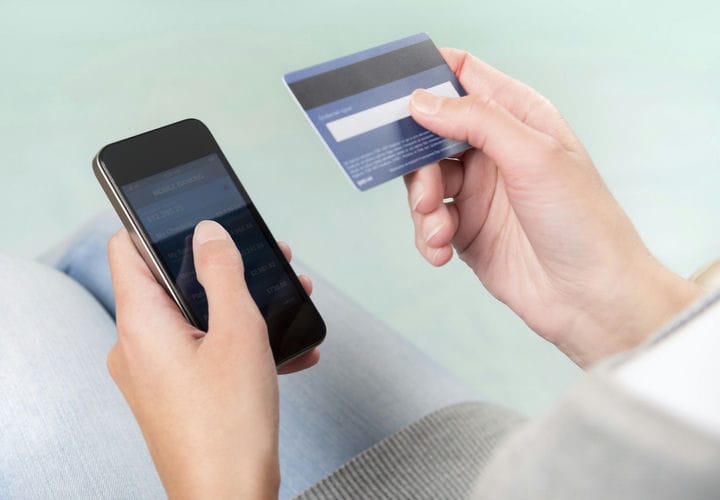How to win consumer loyalty in mobile applications
Every day, the number of owners of smartphones and other mobile devices is growing, respectively, they are increasingly using a wide variety of mobile applications, including those for e-commerce. Simply put, people are now using their smartphone for online shopping. Many retailers (including Walmart) have shared their statistics showing that the majority of online purchases on the Black Friday sale were made using mobile apps. So if your company has not yet fully appreciated the benefits of a comprehensive mobile marketing strategy, consider that the time has come not to analyze this strategy, but to implement it in the most active way. US consumer surveys show that it is very convenient for them to use mobile applications to discover the best and most profitable trade offers. So if your brand or company still doesn’t have a mobile app, then a potential customer will most likely go to your competitor if they offer the option to shop anywhere, anytime, and in any quantity.
About mobile app users and how to win their loyalty:
1 The big picture: the price is driving. Over 95% of respondents indicated that price is more important to them now than a year ago, and a similar percentage said that their purchasing power has decreased or remained the same. In other words, the price factor easily outpaced quality, brand, store, and availability. This price sensitivity is the driving force behind how consumers use their mobile devices to shop, meaning they are primarily price oriented.
2 Shopping never sleeps. Overall, 71% of those surveyed use a smartphone every day; for millennials, that figure rises to a record 89%. In addition to smartphones, tablets are also actively involved. If a consumer is online, it means that they are almost ready to buy, while the numbers show the following: 58% shop from home while watching TV, and 37% admit that they buy goods during working hours. It is important to note that 62% regularly monitor this market and subscribe to all special promotions. Social media purchases are most popular with millennials and women over 30. When asked how they find out about products, special sales, and news, millennials cited social media as the first place to go. For women 30 and older, social media was second only to television.
3 Consumers seek to save money through social media. More than half of the adult consumers who follow brands and buy their products on social media do so to save money, to get up-to-date information about sales and promotions, and to communicate. In fact, this is a high point for brands and retailers who are able to give consumers what they need. In any case, about 68% of adult buyers say they regularly use social networks for special promotions. This figure could be higher, and in the future, most likely, it will be so, it’s just that today such trade offers are not yet so widespread.
4 Instant Discounts. When asked to choose between a regular discount and an online discount, consumers chose the latter in each category, usually by a wide margin. The ability to make an instant purchase using a smartphone greatly increases the attractiveness of such discounts.
5 Most Popular Trading Apps. When looking at research and survey results in the US, mobile shopping apps are dominated by Amazon, followed by large grocery chain apps in second place. So-called coupon sites also enjoy attention.
6 Consumers want the product immediately and inexpensively. Most buyers want immediate action and save their money, and, of course, the maximum discounts and free shipping whenever possible.
7 Familiar purses and wallets are losing ground. Consumers are willing to make mobile payments. More than half of them would prefer to use a mobile wallet instead of a regular wallet if such payment systems worked seamlessly around the world, and 20% admitted that they could do without a traditional wallet at all.
Thus, survey data provide unambiguous information regarding consumer preferences and which loyalty strategies are now in trend. So, it’s time to completely rethink your usual marketing program, as well as loyalty programs, in order to keep up with the market leaders and not miss your own business opportunities.
Careerism is an unprincipled (according to some) pursuit of personal success in any activity.
The Hungarian psychologist, psychiatrist and psychoanalyst L. Szondi, based on the results of his research, wrote that an obsessive desire to make a career may be the result of an attempt to forget a psychotrauma. Such a person moves away from solving personal problems, focusing on professional activities with the goal of career growth. The resulting psychotrauma changes the moral and ethical principles of the individual. Upon reaching the desired goal, such a person may experience an incomplete traumatic depression.[1]
A personal career plan is a personal “navigator" for a person building his career, describing goals (long-, medium-, short-term) and ways to achieve, based on personal mission, values and desired lifestyle (see example in the links section).
There is a view of career advancement as an achievement of human or professional incompetence called the Peter principle.



